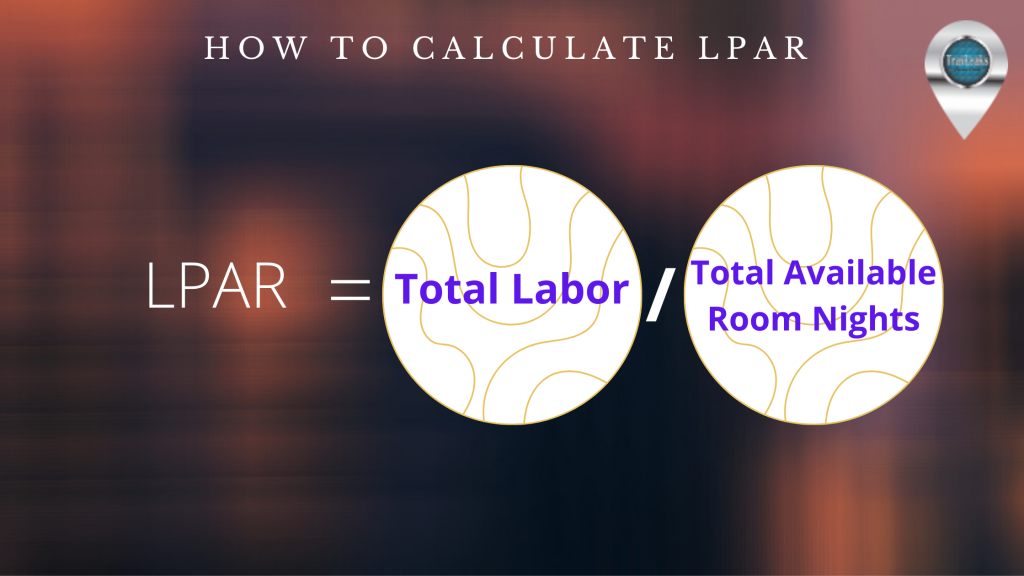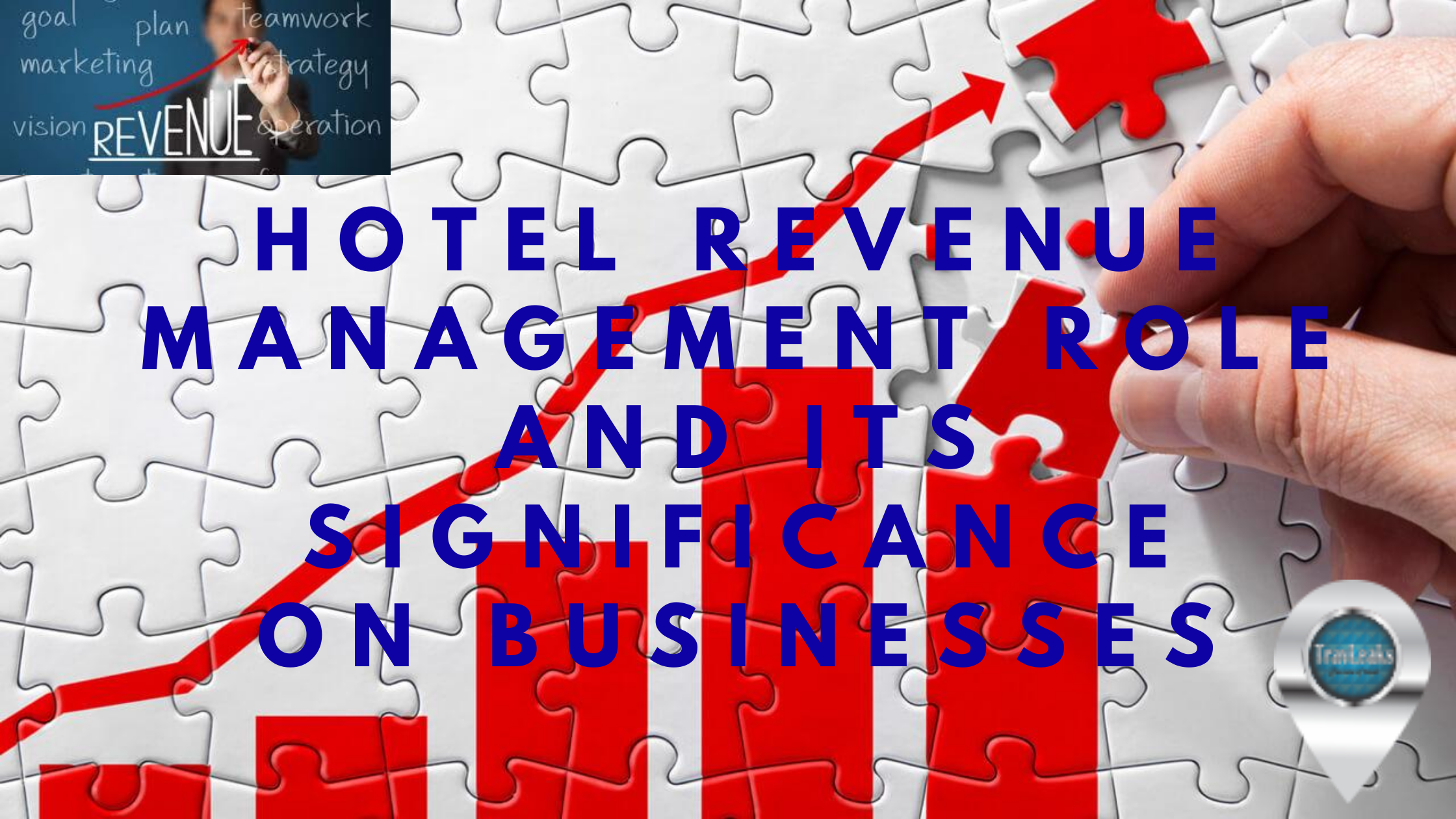How significant revenue management role for Hotel property owners and Hotel asset management team.
Capital investment on construction or asset acquisition and labor-intensive operating cost is the main concern for Hotel investors.
In today’s context, it is aggressively complex in running a hotel property as a progressively profitable entity. Given the fact that the number of Hotels in the marketplace vs demand has drastically changed in the pandemic and post-pandemic landscape. In growing tense, Hotel owners are actively involving property management teams to curve the potential loss while keeping operating costs as low as possible. This engaged owner approach can lead to increased management direction and support, however, it may also result in managers needing to further justify their decisions and communications effectiveness to an individual with interests that are driven primarily by profitability maximization.
While revenue management is not a new industry practice, it is not always understood or appreciated by property owners. How can this be penetrated to the owner’s mindset to convince the value that revenue management brings to the business?
Revenue management is a practice that improve profitability, not anther cost centre.
Many of the property managers recognize the technicality behind the revenue management and its contribution to the properties’ long team financial performance viability. However, when there is an asset management company or owner involved in the business operation aspect, it is challenging to convince that revenue management is not something “nice to have” but to “must-have”.
When revenue management utilized to its fullest potential, technology fuel the decisions of the revenue manager, getting big data mining at the fingertips. In addition to direct revenue improvement, it improves operational performance across an entire property. For example, if a hotel can anticipate accurate levels of demand (5% plus or minus deviation is accepted standard), it can ensure the optimal number of staff are working and avoid under or over staffing during a period of higher or lower demand.
During periods of higher forecasted demand, it is important hotels are staffed appropriately to handle check-ins, check-outs, Food & Beverage service, and housekeeping services to meet and exceed the guest expectations. Guest satisfaction is a critical driver for repeat business, reputation management positioning, and brand perception – all these are important impacts in asset valuation.
This same principle can be translated throughout the hotel‘s operation for better overall staffing and inventory levels. Every department can optimize wage cost, inventory control and resource planning that translate into savings, which contribute directly to the hotel’s bottom line.
Revenue Management in a nutshell is attracting the right guests at the right time at the right price.
What everyone do not understand is that not all business is good business. Hotels that do not employee right revenue management strategies can easily fall into the trap of selling out to lower-rated business thereby losing out on higher-rated business and customer segment that spends much more in ancillary revenue. This is like leaving money on the table because the full hotel does not always mean that it’s a profitable business. Due to the dynamic nature of the market, artificial intelligence or the past data-driven (machine learning) systems need to be driven by a skilful person to nourish and optimize the revenue for the property.
To identify potential long-term revenue guests, properties need to take a holistic view of its guests’ activities, not just their room spend. Well cleaned and managed data from transection system interfaced Revenue management system will provide a true picture of a guest’s activities and their overall value, considering all spending from room reservation to check-out, room category booked, Food & Beverage servicers to Spar services, special amenities to gift shop, and more.
In addition to making better profitable decisions, this data allows Hotel department heads to make better-informed decisions in terms of promotions, service offerings, inventory management, and Food & Beverage options. Furthermore, reading between the lines of this customer behavior data will drive for wiser pricing decisions, purchasing, and financial strategies.
Revenue management improves the brand value of the Hotel
The flow-through additional revenue that comes from the appropriate application of revenue management strategies can directly impact the hotel’s bottom-line results while making significant value addition to the brand value of the Hotel.
Revenue management strategies control the booking pace with certain conditions on payment terms that lead to higher cash flow, which has a number of benefits giving the hotel greater day-to-day liquidity, to generate interest form money in the bank from the advance payment. Improved cash flow opens up investment possibilities as well. It is truly in the hotel’s best interest to ensure they are leading the way when it comes to revenue management.
What performance measurements are the right measurements?
A hotel’s revenue management performance may have traditionally been measured by the average daily rate (ADR) and revenue per available room (RevPAR); however, having so much of data is being available from the market and competition, Market penetration Index (MPI) and Revenue Generator Index (RGI) could reveal where the Hotel has position vs comp-set and the market in general.
New Measurement emerged
Labor is typically one of the highest expenditures for hotels, representing, on average, 49% of total industry costs worldwide. At the same time, labor has become a more complex issue recently due to furloughs and layoffs caused by COVID-19. As hoteliers work towards recovery, it will be more important than ever to strike the right balance between profitability and workforce needs. One helpful benchmarking metric that can be utilized is LPAR, or Labor per Available Room.
What does LPAR tell you?
LPAR is used to calculate hotel labor costs on a per-available-room basis to produce a clear picture of how much a hotel spends in labor expenses across all rooms available in any given time period.

Sample calculation:
Total Labor cost = $10,000,000
Number of Rooms in Hotel = 250
LPAR = $10,000,000 / (250 rooms * 365 nights)
LPAR = $109.59
This hotel spends roughly $110 per room, per night, on staffing.
Why LPAR matters:
Many factors impact hotel labor costs, such as macroeconomic conditions that determine unemployment rates, or microeconomic drivers such as seasonality within a hotel’s specific market. There is also labor expense in nearly every department of a hotel, from rooms and F&B to A&G and property operations and maintenance. Regardless of how hotels return in a post-pandemic world, labor figures to remain one of, if not the highest, operating cost for hotels. Prior to COVID-19, labor expenses had been growing at a higher rate than revenues. This directly affects profitability, so it is imperative to closely examine this expense when trying to understand your hotel’s efficiency.
Put it into context:
We believe it is most useful to look at LPAR relative to revenue growth, while also considering your competition and local market. Not every dollar of revenue per available room (RevPAR) is created equally when it comes to profitability—a hotel with RevPAR growth stemming from occupancy increases rather than from a lift in average daily rate (ADR) is more likely to see higher labor costs. Additionally, full-service hotels, as compared to select-service hotels, typically have a higher percentage of revenues spent towards labor costs.
While a hotel owner will not need to have intimate knowledge of all hospitality industry finance measurements, it is important that all departments – Sales & Marketing, Finance, and operations – use standardized definitions and approaches, so that the business performance can be easily articulated to all stakeholders concern.
Source STR
